- Romantic landscape with gnarled tree ruin illuminated by lightning bolt -
Seeking shelter from a thunderstorm, two farmers have retreated to the edge of a wood. Above them, the black, overcast sky is pierced by a bright, blinding flash of lightning. The landscape is torn apart by the storm. The mighty ruined tree, into which the standing peasant figure stretches, can almost be heard to creak and crack. The whole landscape is moving in the direction in which the two peasants are gazing, transfixed, from a safe vantage point. To emphasise the roar of the unleashed forces of nature, the reclining farmer, nestled in the embankment, has raised his hand in reassurance.
Integrated into the landscape in their own way, the two farmers are part of the nature they cultivate with their instruments. At the same time, however, they are silent witnesses to those forces that cannot be tamed, that nature itself seems to make groan, as the storm-whipped gnarled tree impressively demonstrates. Despite the unleashed forces of nature, it is the observing human being who is the real protagonist of the picture, his special position further emphasised by the gaze-binding red of the reclining peasant's vest.
Here George Morland takes up the older pictorial concepts of the pastoral and the picturesque in order to open them up to the sublime in a masterly way, and this, just before the turn of the century, gives new content to the traditional pictorial language that defines Romanticism.
About the artist
George Morland was encouraged to draw and copy as a child by his father, who was also a painter. The son's exceptional talent led him to exhibit at the Royal Academy's annual exhibition in 1773 - at the age of only ten. After completing his apprenticeship with his father, Morland travelled to Calais and St-Omer in 1785, where he painted sentimental genre scenes in the style of Louis-Léopold Boilly. In 1786 he married Anne, the sister of the painter and engraver William Ward, who printed 97 of Morland's pictures.
Especially his moralistic series in the tradition of William Hogarth, such as 'Laetitia' (Abduction and Fall of a Girl, 6 plates, engraved by J. R. Smith) and 'The Deserter' (4 plates, engraved by G. Keating), made Morland very popular, but his extravagant lifestyle got him into debt. He had to retire to the countryside to escape his creditors, and from the 1790s onwards he concentrated on rural scenes, which are among the highlights of his work. In 1799, once again in debt, he went into hiding on the Isle of Wight, where he painted scenes of beaches, fishermen and smugglers. On his return to London he was sent to debtors' prison, where he died.
Morland was a close friend of the painter William Armfield Hobday (1771-1831), who painted portraits of Morland. William Collins was his unofficial pupil and later wrote Morland's biography.
Selection of public collections that own paintings by George Morland:
Art Institute of Chicago, Ashmolean Museum at the University of Oxford, Courtauld Institute of Art London, Institute of Arts Detroit, Fitzwilliam Museum at the University of Cambridge, Harvard University Art Museums Massachusetts, Hermitage Museum St. Petersburg, Manchester City Art Gallery, Metropolitan Museum of Art New York, Minneapolis Institute of Arts Minnesota, Museum of Fine Arts Boston, Musée des Beaux-Arts de Rouen, National Gallery of Art Washington, National Gallery of Canada Ottawa, National Gallery of Victoria Australia, National Portrait Gallery London, Philadelphia Museum of Art, Seattle Art Museum, Southampton City Art Gallery, Tate Gallery London, The Wallace Collection London, Victoria and Albert Museum London.
Selective Bibliography
John Hassel, Memoirs of the life of the late George Morland. London 1806.
Ralph Richardson, George Morland. Painter. London (1763-1804). London 1895.
J. T. Nettleship, George Morland and the evolution from him of some later painters. London 1898.
J.T.H. Baily & Martin Hardie, George Morland. A biographical essay. London 1906.
G. C. Williamson, George Morland. His life and works, London 1907.
Davis Henry Wilson, George Morland, London 1907.
Sir Walter Gilbey E. D. & Cuming, George Morland. His life and works, London 1907.
Henderson, B.L.K. Morland and Ibbetson, London 1923.
The Arts Council of Great Britain (Ed.), George Morland. An exhibition of paintings and drawings, London 1954.
D. George Winter, George Morland. 1763-1804, Stanford 1977.





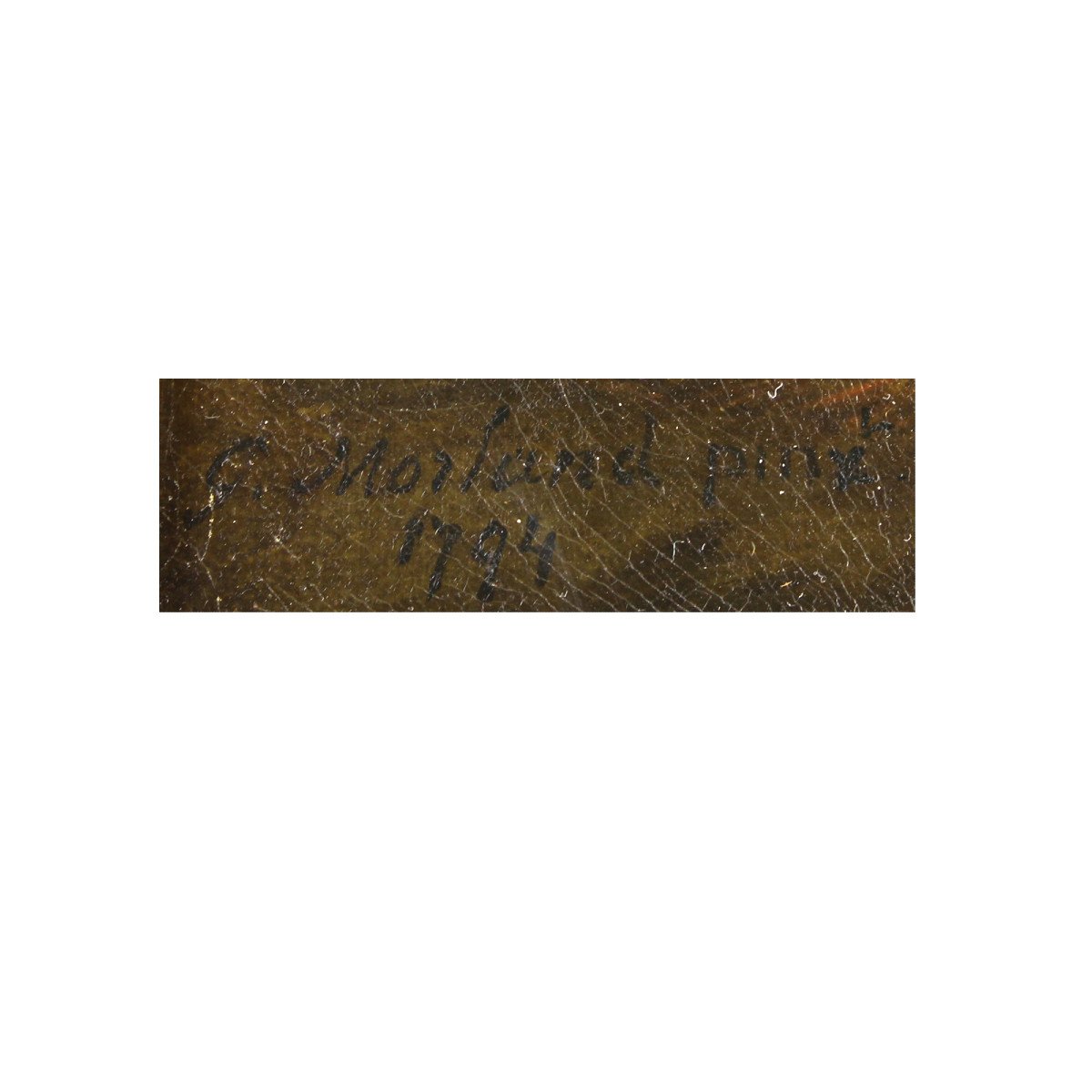











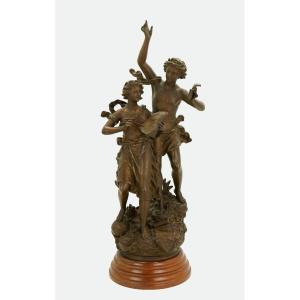









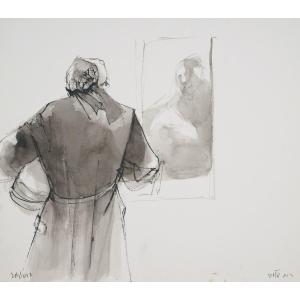


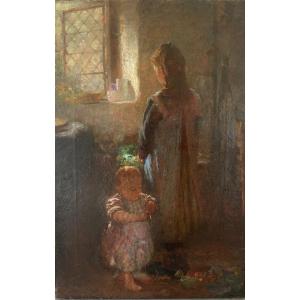
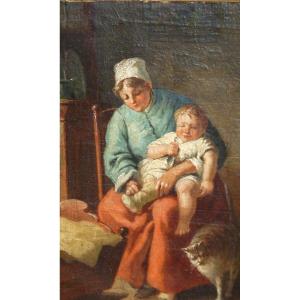




 Le Magazine de PROANTIC
Le Magazine de PROANTIC TRÉSORS Magazine
TRÉSORS Magazine Rivista Artiquariato
Rivista Artiquariato